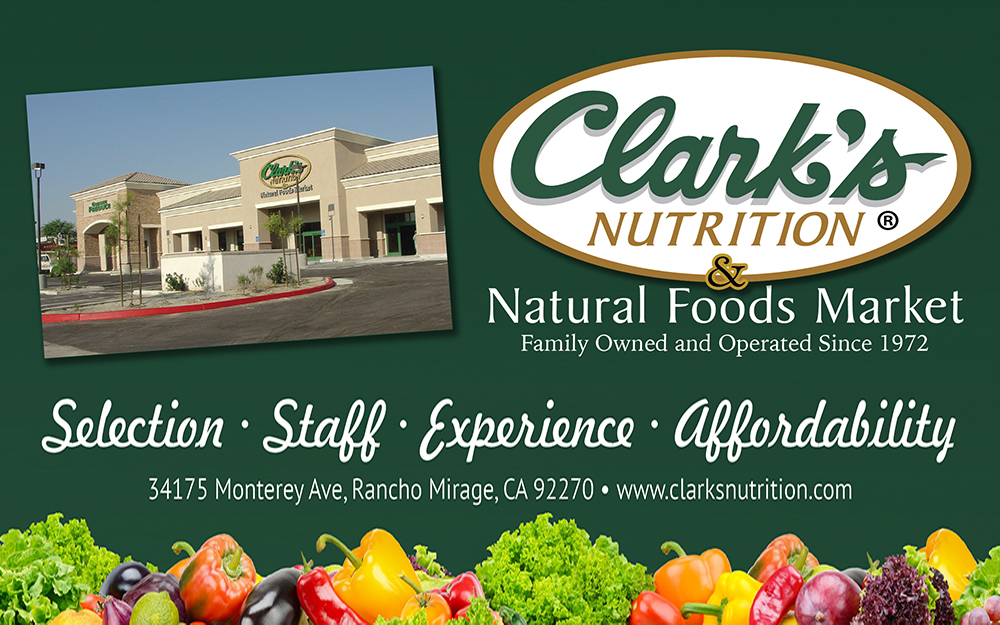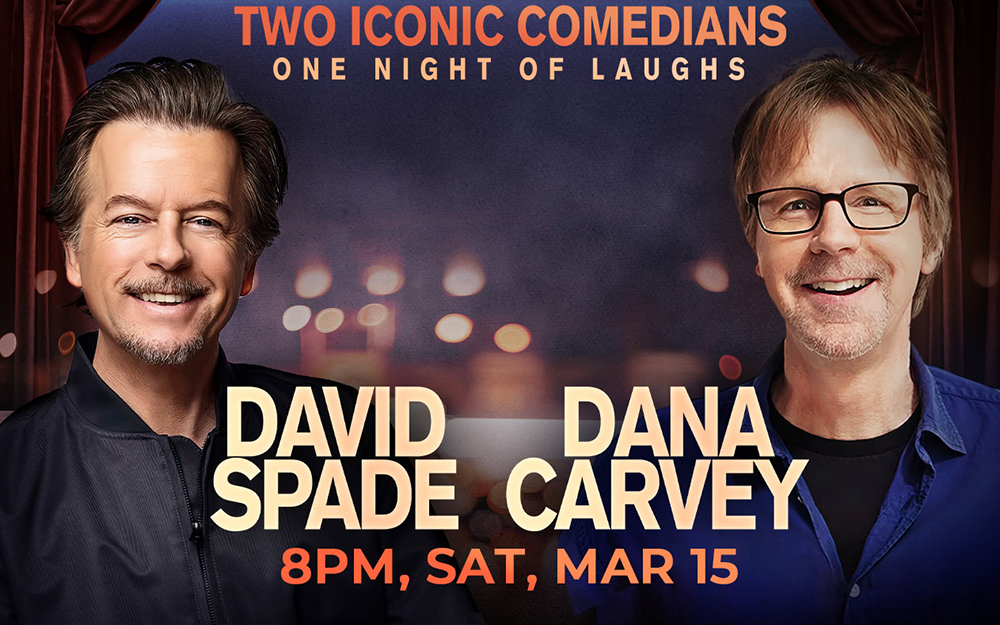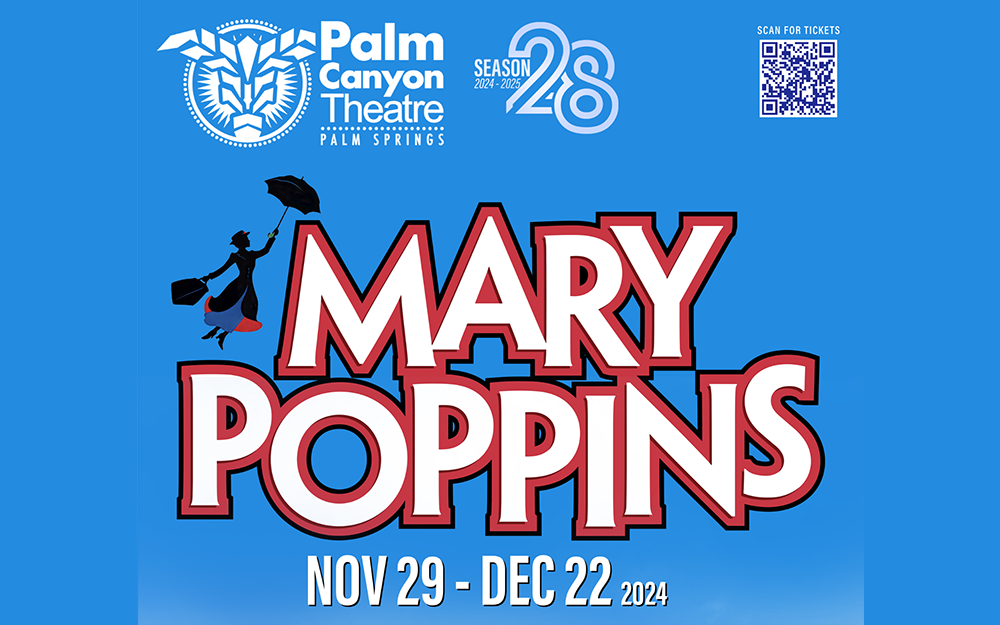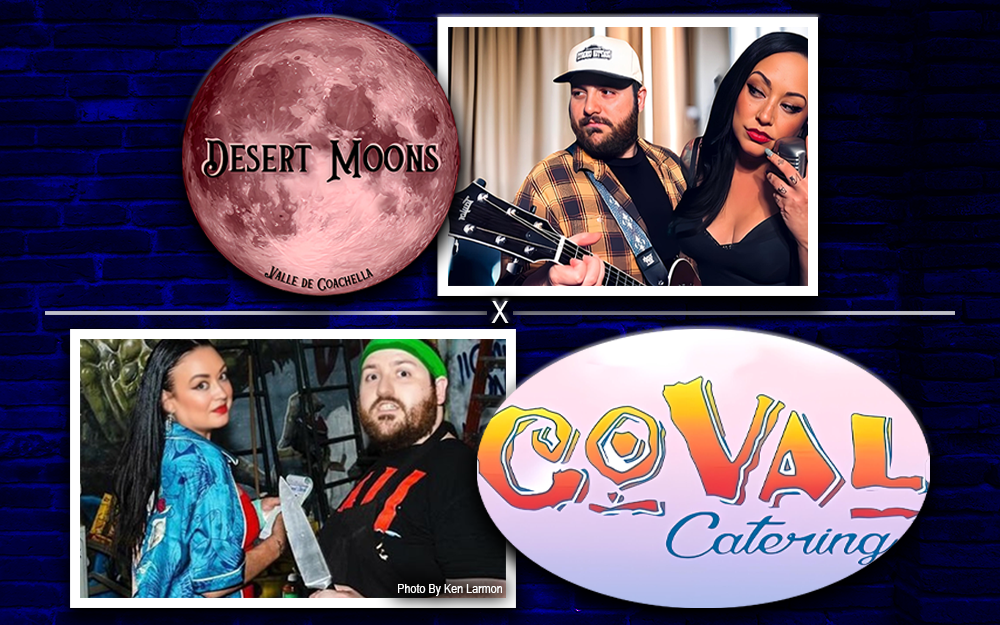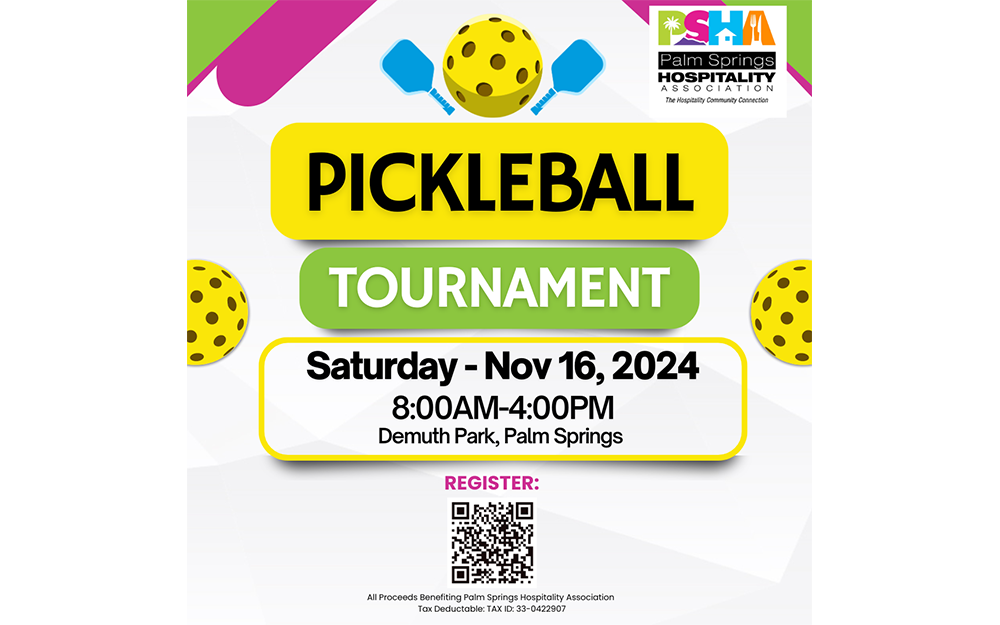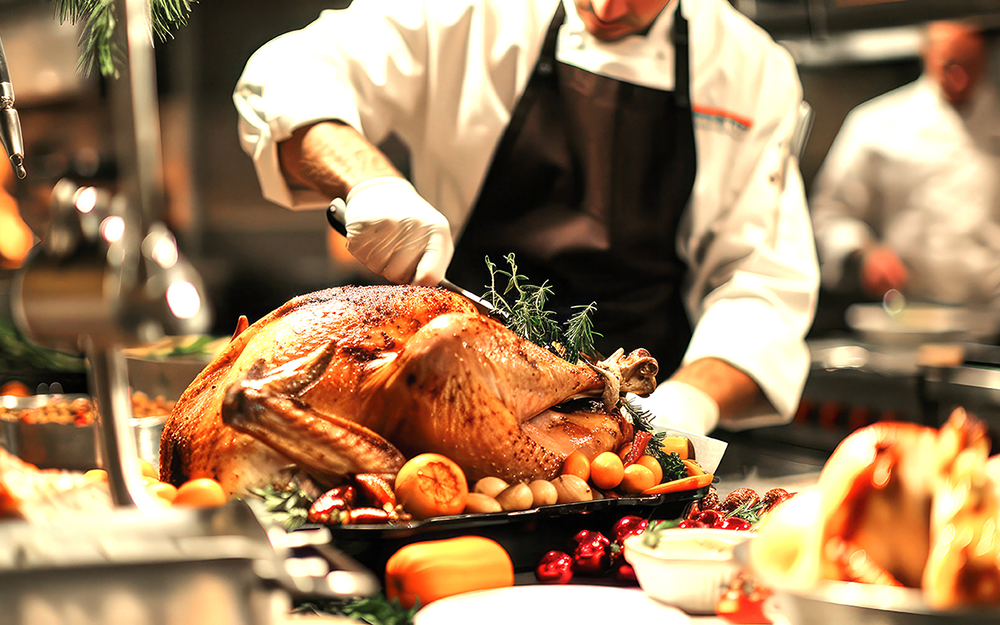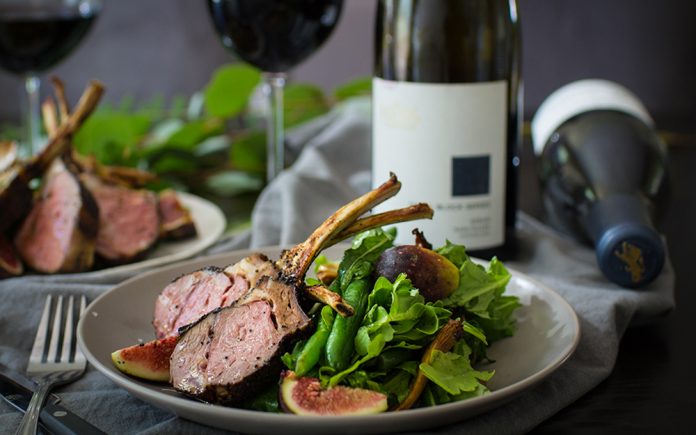
By Rick Riozza
The culinary advice for wine and food pairings for the year 2020 is said with a KISS: Keep It Simple & Smart.
Our valley is now in the midst of a re-surging restaurant scene and we’re seeing wine-pairing dinners pop up more than ever before. Restaurants that come to mind doing some very thoughtful food and wine match-ups include, AC3, Spencer’s (where our friend Andre is the somm), Bellatrix, Cork & Fork—of course… Lots of excellent venues.
Although we’d all love to make many of the restaurant dinners, one can only shell out so much money a month on culinary schemes.
So how fun is it to pretend to be a world class chef—and somm—and do it up fancy all in the comforts of your kitchen and home. But soon after one is elated and relishes the thought, for some weird reason, the foodie aptitude when it comes to “wine-pairing”, gets a little hesitant—or maybe a little scared. In other words, “will I still have some wine credibility when my pairing flops in front of my friends?” (hey—having fun here; we know this isn’t a third-world problem.)
After many chefs and famous foodies have brainstormed the cans and can’ts on talk shows and in food & wine magazines, we come away with three of the most important concerns or “rules” when it comes to wine-and-food pairing:
First and foremost—and the advice we all wish to hear is: Drink and eat what you like. Now that’s pretty obvious stuff. But for those folks who are preparing a meal for guests—is that still good advice? I guess so, because most of the time you’re preparing a dish you really like and wish to share it with your family, friends & guests!
Wine Spectator catches the drift here: “Choose a wine that you would want to drink by itself, rather than hoping a food match will improve a wine made in a style you don’t like. That way, even if the pairing isn’t perfect, you will still enjoy what you’re drinking; at worst, you might need a sip of water or bite of bread between the dish and the glass. The same holds true for the food: After all, if you detest liver, there is no wine pairing on Earth that will make it work for you.”
Next, how fortunate are we to hear from all of the epicurean talking heads, that the secret behind many classic wine-and-food matches is…wait for it: to consider the body, the richness, the weight, of both the food and the wine. You know already that we’re not going to pair a Sauv Blanc with a Del Monico steak! Perhaps your drunk uncle could care less but the wine and the dish should be equal partners, with neither overwhelming the other. If you balance the two by an estimate weight, probably that pairing will succeed; and if it doesn’t for some errant reason—too bad! It’s at least the wine you like!
Hearty food needs a hearty wine. Cabernet Sauvignon complements grilled lamb chops because they’re equally big on the texture and flavor. A crisp white wine will work as a cleanser here—but would not properly match the dish. In contrast, the light Italian Soave washes down a subtly flavored poached fish because they are equal in delicacy.
How do you determine weight? “For the food, fat—including what comes from the cooking method and the sauce—is the main contributor. (Note how a salad with blue cheese dressing feels heavier than one with citrus vinaigrette, as does fried chicken versus poached.)”
Finally, we are always told to identify the dominant character in the dish; often it’s the sauce, seasonings or cooking method, rather than the main ingredient. Consider two different chicken meals: Chicken Marsala, with its browned surface and a sauce of dark wine and mushrooms, versus a chicken breast poached in a creamy lemon sauce. The caramelized, earthy flavors of the Marsala dish do well with a soft, supple red blend, while the simplicity and citrus flavors of the latter lemon chicken calls for a fresh white, like with our favorite Sauv Blanc.
Okay—so that was some fun food for thought in our New Year meal considerations. But coming up, we have a notoriously tricky meal to pair with wine—Thanksgiving! Talk about having to please all the different palates at your table! A typical holiday spread includes such a variety of flavors and textures that it’s near impossible to find a wine to match them all. But what a tasty endeavor!
If one has both the time and resources, the best rule of thumb is to choose a few different wines that pair well with different foods. And we’ll probably discuss particular wines and dishes in the holiday columns coming up. But if we really need cut to the chase—a brut rosé sparkler will pretty much cover all the dishes on the Thanksgiving table. It’s got the requisite acids for cleansing and freshness; and your wine will have tasty red fruits in the mix to balance the quaff. Plus—bubbly is always festive
A great inexpensive recommendation, at around $9 or so, is the Jaume Serra Cristalino Cava Rosé Brut. It tastes like a bubbly three times the price! All of your rosé flavors and festive clean acidity is right there! Cheers!


